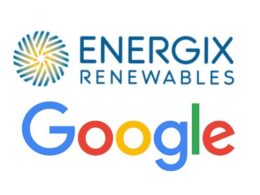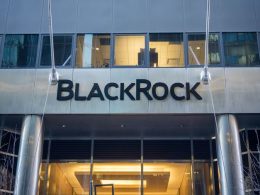Microsoft and climate consultancy Carbon Direct have jointly released new guidance for high-quality environmental attribute certificates (EACs) aimed at reducing emissions from the concrete and steel industries.
The criteria are intended to support decarbonisation efforts across scope 3 emissions—those linked to a company’s value chain rather than its direct operations. The guidance outlines requirements for EACs to be verifiable, additional, and catalytic, offering a framework for their credible use when low-carbon materials cannot be directly sourced.
Developed in consultation with suppliers, industry experts, and sustainability organisations, the guide is positioned as a tool for companies seeking to reduce the embodied carbon of construction materials, which collectively account for around 13% of global carbon dioxide emissions.
Julia Fidler, Microsoft’s lead for fuel and materials decarbonisation, said: “EACs have the potential to address a number of the most critical challenges to scaling deep decarbonisation solutions, not least by providing financial certainty. By setting a high bar for EACs, we’re ensuring that our investments drive real, additional, and scalable emissions reductions as we invite the industry to join us in shaping a credible, high-impact market for low-carbon building materials.”
Microsoft has previously set a target to become carbon negative by 2030. Its wider strategy includes efforts to reduce demand for high-emission materials through design innovation, procuring low-carbon alternatives, and decarbonising its supply chains.
The guidance specifies that eligible EACs must be linked to concrete or steel products that meet minimum sustainability standards, including a ‘D’ rating from the Global Cement and Concrete Association or a Level 2 rating under ResponsibleSteel’s Progress framework. Projects must also go beyond existing regulations, efficiency benchmarks, and standard industry practices.
Carbon Direct’s director for decarbonisation science and European advisory, Meera Atreya, commented, “To decarbonise the world’s largest supply chains, we need solutions that are both ambitious and credible. These first-of-their-kind criteria set a quality bar for environmental attribute certificates so that every EAC transaction can drive real, additional, and verifiable emissions reductions in concrete and steel.” The guidance will be updated regularly to reflect changes in technology, data availability, and market developments.





















